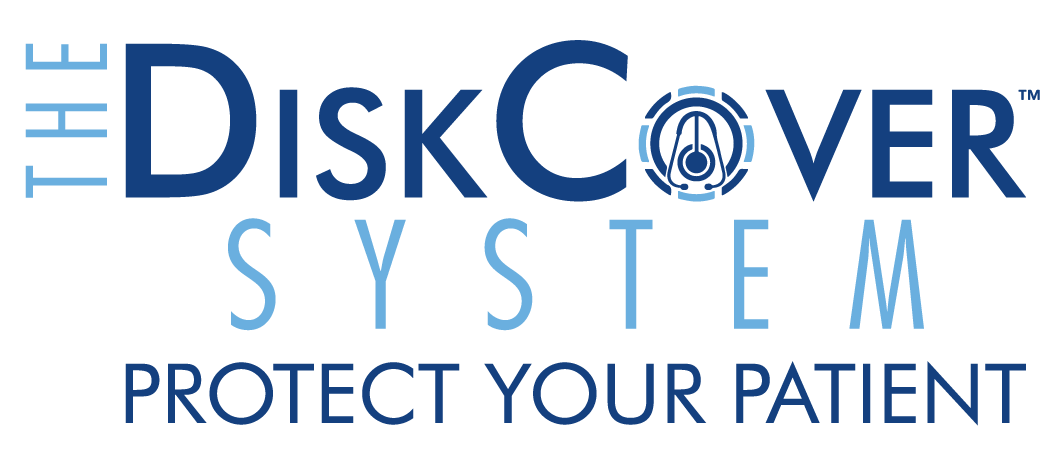HAI MORTALITY:
Equal to an Airplane Crash with No Survivors, Every Day

By Sandra Sieck, RN

In the U.S., nearly 100,000 people die each year from healthcare-associated infections1 (HAIs)—infections acquired in a hospital or health care facility unrelated to whatever health issue took the patient there in the first place.
This is equivalent to a large commercial airliner falling out of the sky with no survivors, each and every day.
Roughly 1.7 million HAIs occur annually in acute-care hospitals1, which result in total costs (direct, indirect and non-medical) estimated at up to $147 billion2. Dramatic efforts are employed to improve hand hygiene in hospitals, and the effort has demonstrated a favorable impact.

Despite these efforts, HAI rates remain unacceptably high. One gap in our hygiene protocols, which could be contributing to the problem is hygiene for “the clinician’s third hand,” the stethoscope. Several recent studies have demonstrated that stethoscopes are highly contaminated, yet are cleaned between patients less than 10% of the time. Furthermore, even when stethoscopes are cleaned, the contamination level is reduced but not eliminated.
A validated aseptic barrier system could rapidly and effectively resolve the risks posed by stethoscope contamination. Imagine the impact on mortality and costs if a stethoscope barrier system were to be introduced into our hospital infection control procedures.
1. Patient Care Link. Healthcare-Acquired Infections. https://patientcarelink.org/improving-patient-care/healthcare-acquired-infections-hais/, accessed May 11, 2020.
2. Marchetti A, Rossiter R. Economic burden of healthcare-associated infection in US acute care hospitals: societal perspective. J Med Econ. 2013;16(12):1399‐1404.
Sandra Sieck, a registered nurse and healthcare business analyst, is the owner of Sieck Healthcare Consulting, specializing in healthcare business development, aligning hospital and physician services and public policy evaluation and strategies.
Third Hand Vector series spotlights the clinician’s third hand and the risks that contaminated stethoscopes pose to clinicians, patients and healthcare systems. The series features leading experts in infection control, patient care and quality measures raising awareness of the importance of aseptic barriers in reducing transmission of infectious diseases.

